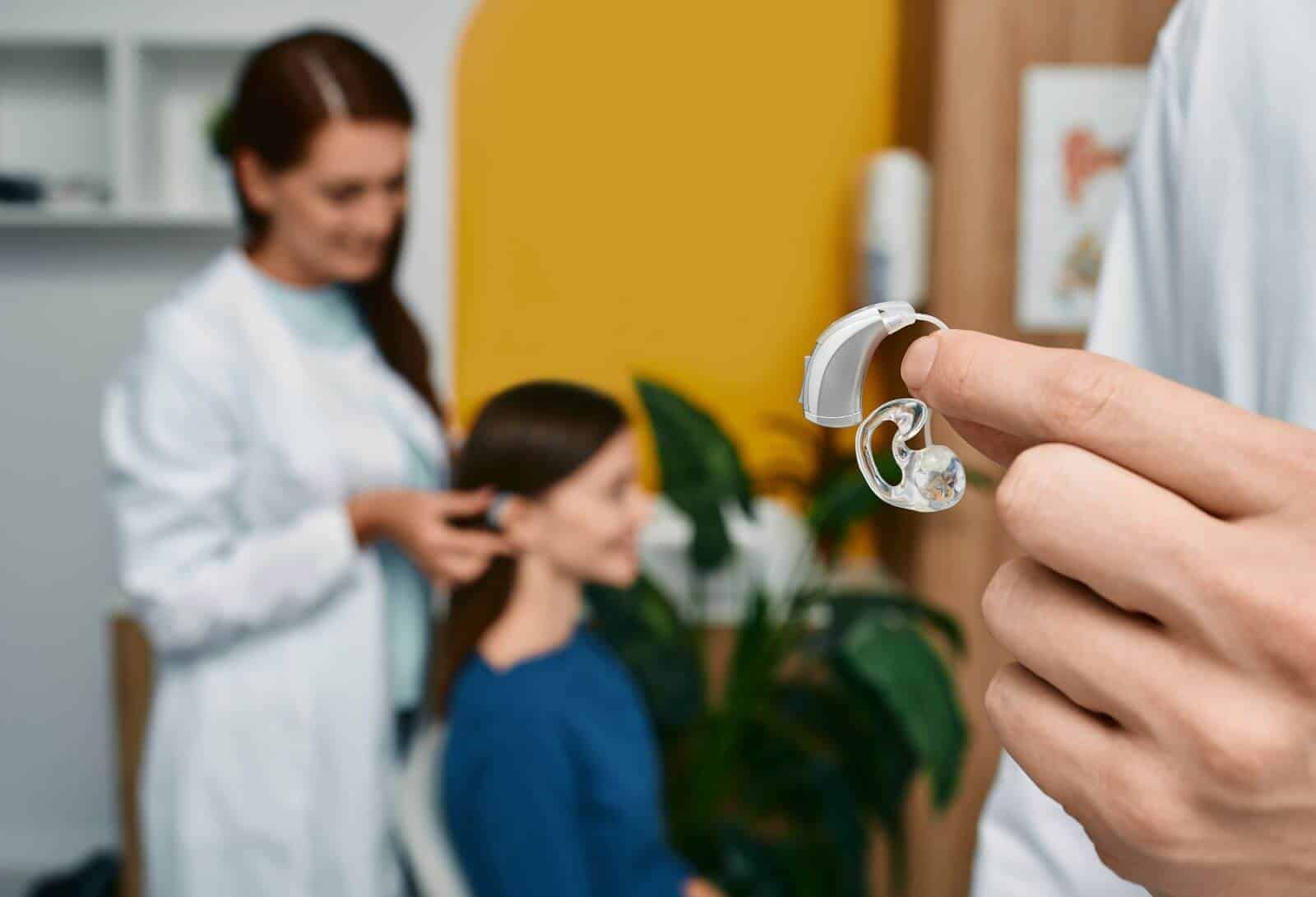
Unfortunately, hearing loss is a common issue experienced by many older adults. According to the National Institute on Deafness and Other Communication Disorders (NIDCD), approximately 25% of those aged 65-74 have disabling hearing loss, and this increases to 50% for those aged 75 and older. While hearing aids are a highly effective treatment option for managing hearing loss, they can sometimes encounter common problems that can be frustrating for users. In this article, we’ll outline how to fix some of the most common hearing aid problems so that you can get back to enjoying the benefits of better hearing.
Problem 1: Weak or No Sound
One of the most common problems experienced by hearing aid users is weak or no sound. This can be caused by a variety of issues, such as dead batteries or a clogged microphone or receiver. To fix the problem, start by checking that the battery is properly inserted and has enough charge. If the battery is not the issue, check the microphone or receiver for any blockages or debris. A simple clean may be all that is needed to restore the sound.
Problem 2: Feedback or Whistling Sounds
If you are experiencing feedback or whistling sounds when using your hearing aids, there are a few possible causes. One of the most common is an improper fit. Ensure that your hearing aids are properly fitted and positioned in your ear canal. Earwax buildup can also be a culprit, so make sure to clean your ears regularly. If neither of these solutions works, it may be time to visit your audiologist for a fitting adjustment.
Problem 3: Discomfort or Pain
If your hearing aids are causing discomfort or pain, it is important to address the issue as soon as possible. There are several possible causes, including an incorrect fitting or an ear infection. In the case of an incorrect fitting, a visit to your audiologist can help adjust the fit and provide a more comfortable experience. If you suspect an ear infection, seek medical treatment promptly to avoid further complications.
Problem 4: Moisture Damage
Moisture damage is a common problem for hearing aid users, especially in humid or rainy environments. This can be caused by sweating, rain exposure, or even accidentally dropping your hearing aids in water. To prevent moisture damage, use a drying kit to remove any excess moisture from your hearing aids. Also, keep your hearing aids away from areas with high humidity or moisture.
Problem 5: Connectivity Issues
Many hearing aids now come equipped with Bluetooth connectivity, allowing users to stream audio directly from their phone or other devices. However, connectivity issues can sometimes arise, causing frustration and annoyance. If you are experiencing connectivity issues, start by resetting the Bluetooth connection on your device. If that does not work, check for any updates to your hearing aid firmware or contact your audiologist for assistance.
Hearing aids are a highly effective treatment option for managing hearing loss. However, like any device, they can sometimes encounter problems. By being aware of these common issues and their solutions, you can ensure that you get the most out of your hearing aids. If you are experiencing persistent problems, it is always a good idea to seek professional help from your audiologist.
At our hearing practice, we offer a range of hearing solutions to help you hear better and live better. Our expert audiologists are dedicated to providing personalized care and treatment to help you achieve your hearing goals. Contact us today to schedule a consultation and take the first step towards better hearing.
